review: Lumix 12-35mm mark II
2024.03.16 (updated : 2024.12.26)
This is a review of an interchangeable lens for the micro-four-thirds system of cameras. For sixteen months from late 2022 through early 2024, I used the Lumix 12-35mm II lens on an Olympus O-M5 Mk III as my daily shooter. We had some fun, but I ultimately decided that it wasn't for me, and here's why.
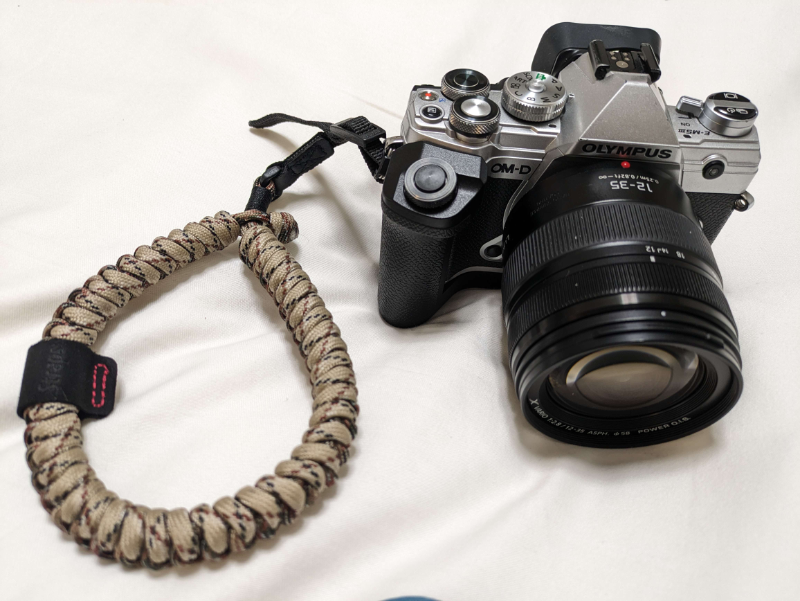
bulk
This Lumix is not a particularly large lens lens, but it barely fit on the body. The mount is universal between all manufacturers, of course, but the lens is wide enough that it was making contact with the part of the camera that hangs over the mount. The lens was large and heavy enough that I needed a grip for my camera body to carry the whole thing comfortably. At which point I was carrying around an equivalent bulk/weight to something from Sony's full-frame line-up just for my fun walk-around photography.
images
The lens produces sharp-enough images, and I was pleased with the colors for the most part. It produces modest flare, but what it does have is fairly interesting and not a washed-out mess (like in the 30mm macro lens I used for all of two months). Images are definitely more 'clinical' than 'characterful', but much can be done with that. Here are some examples:
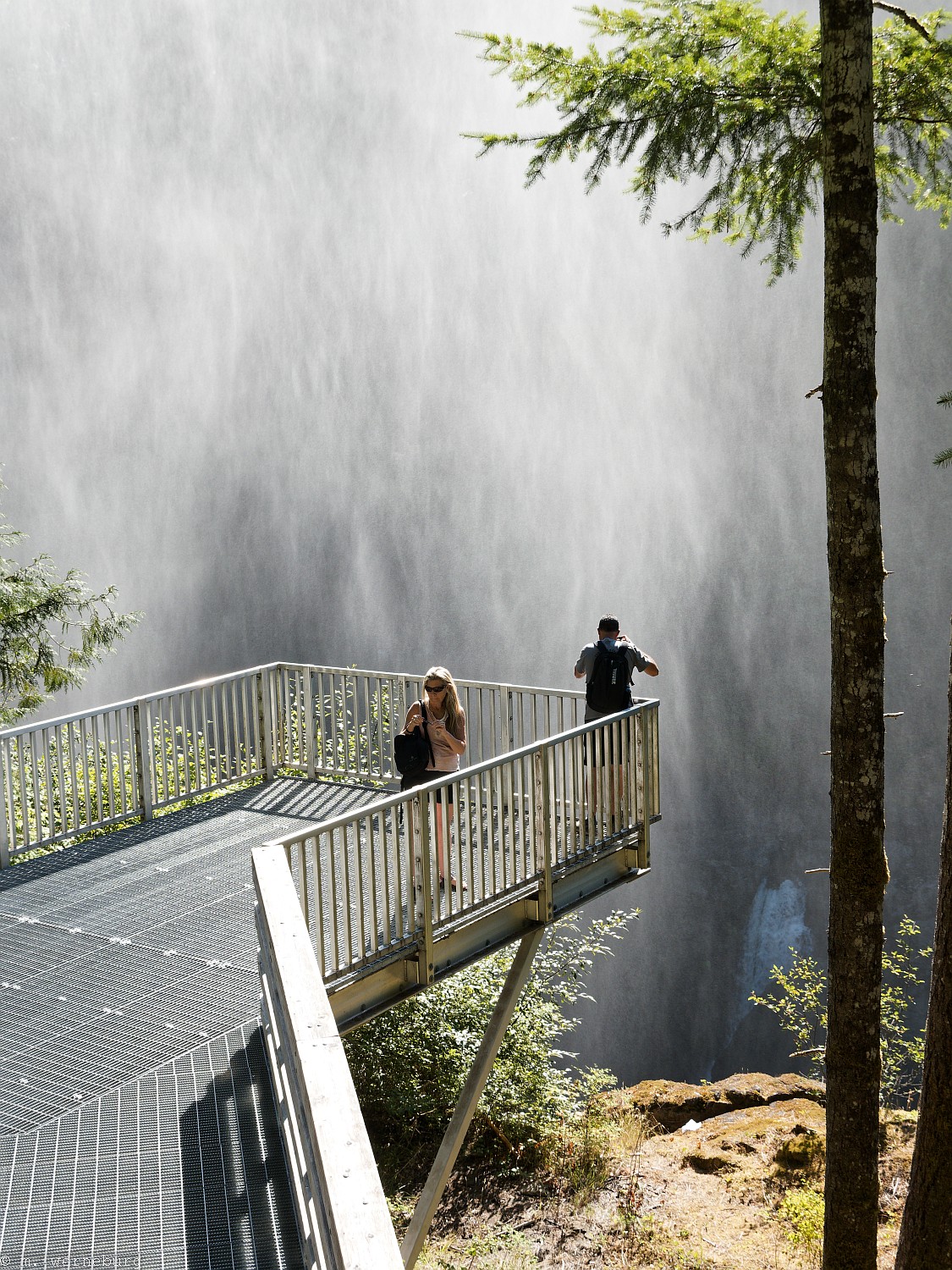
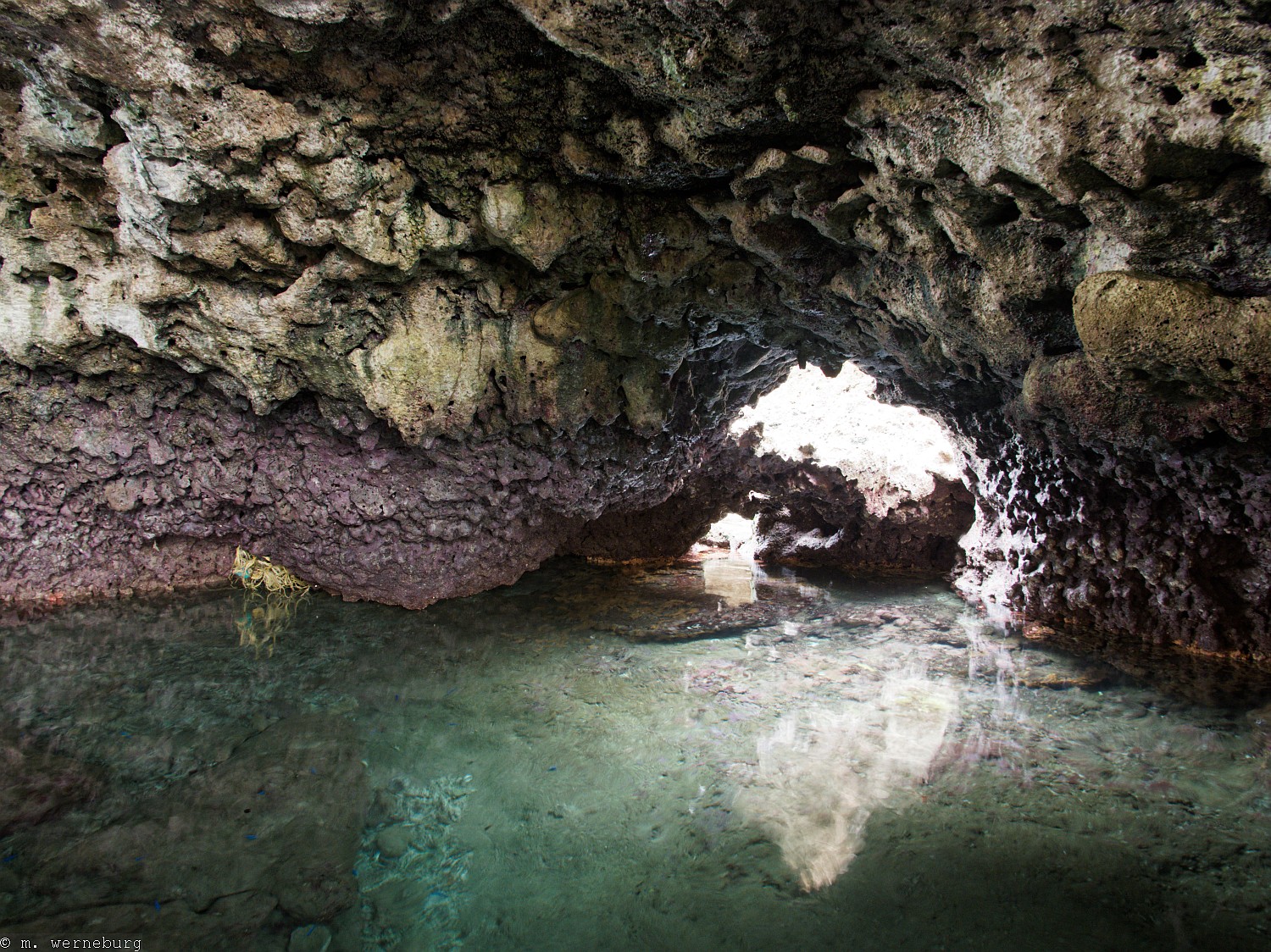
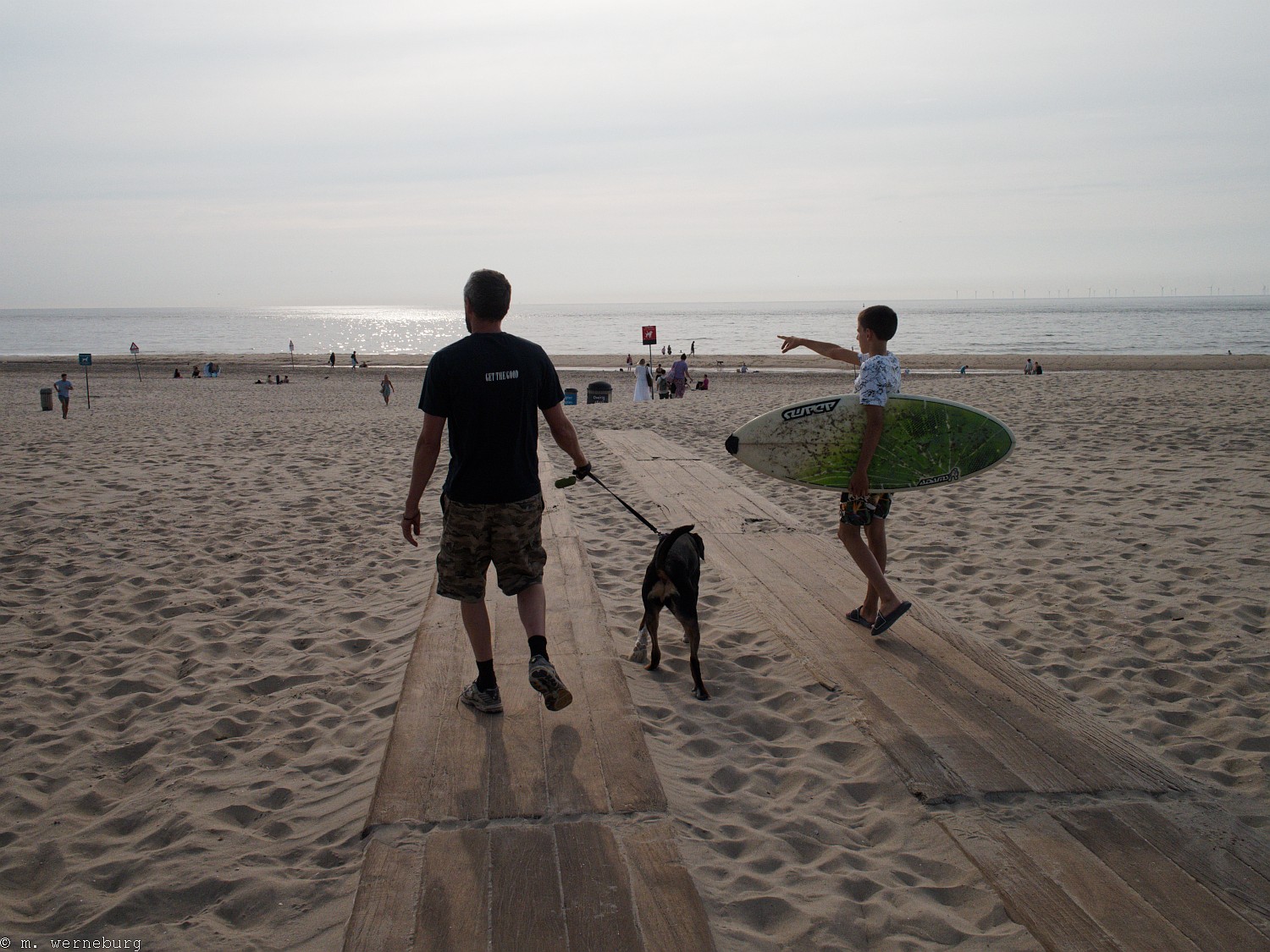
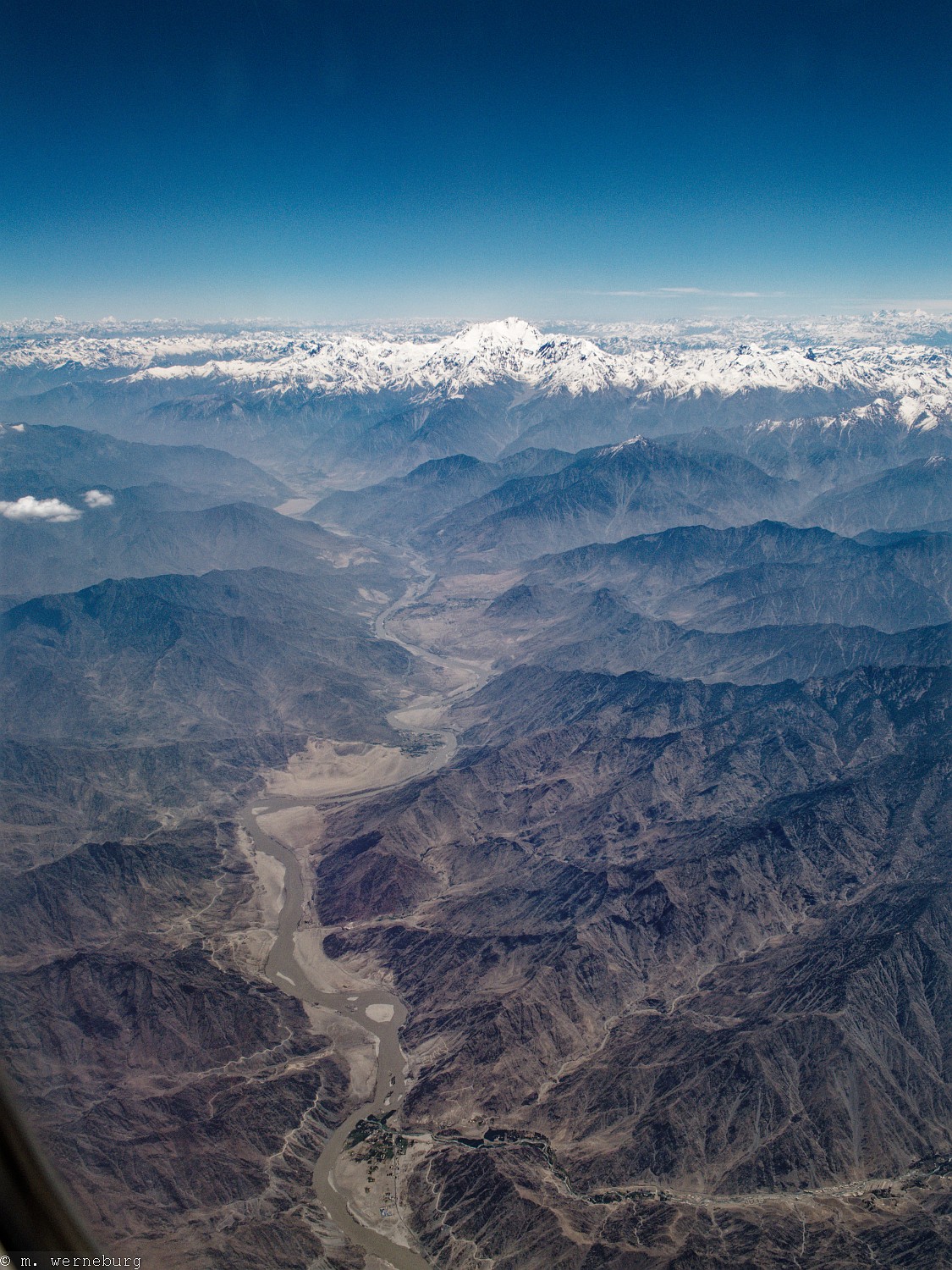
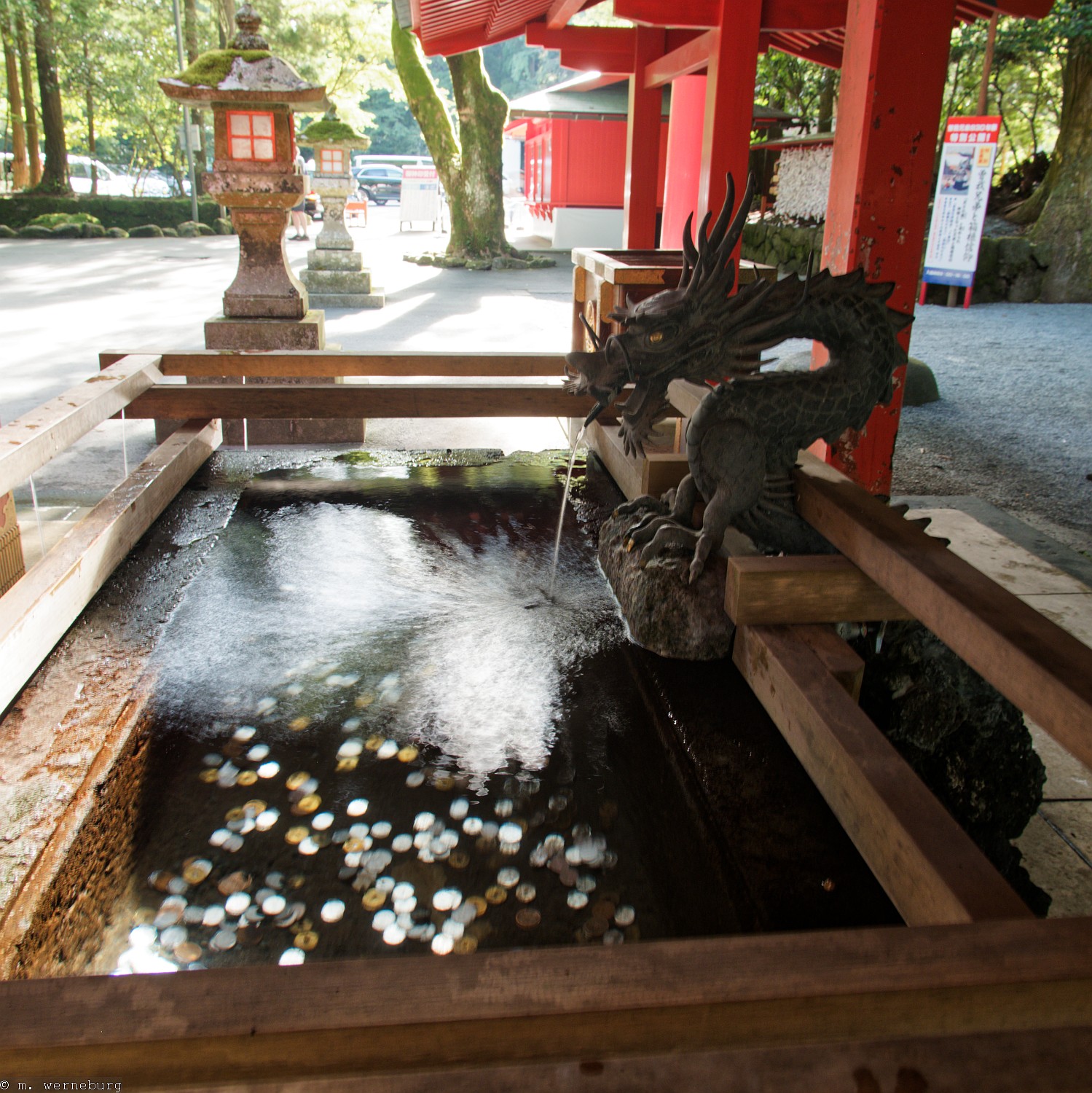
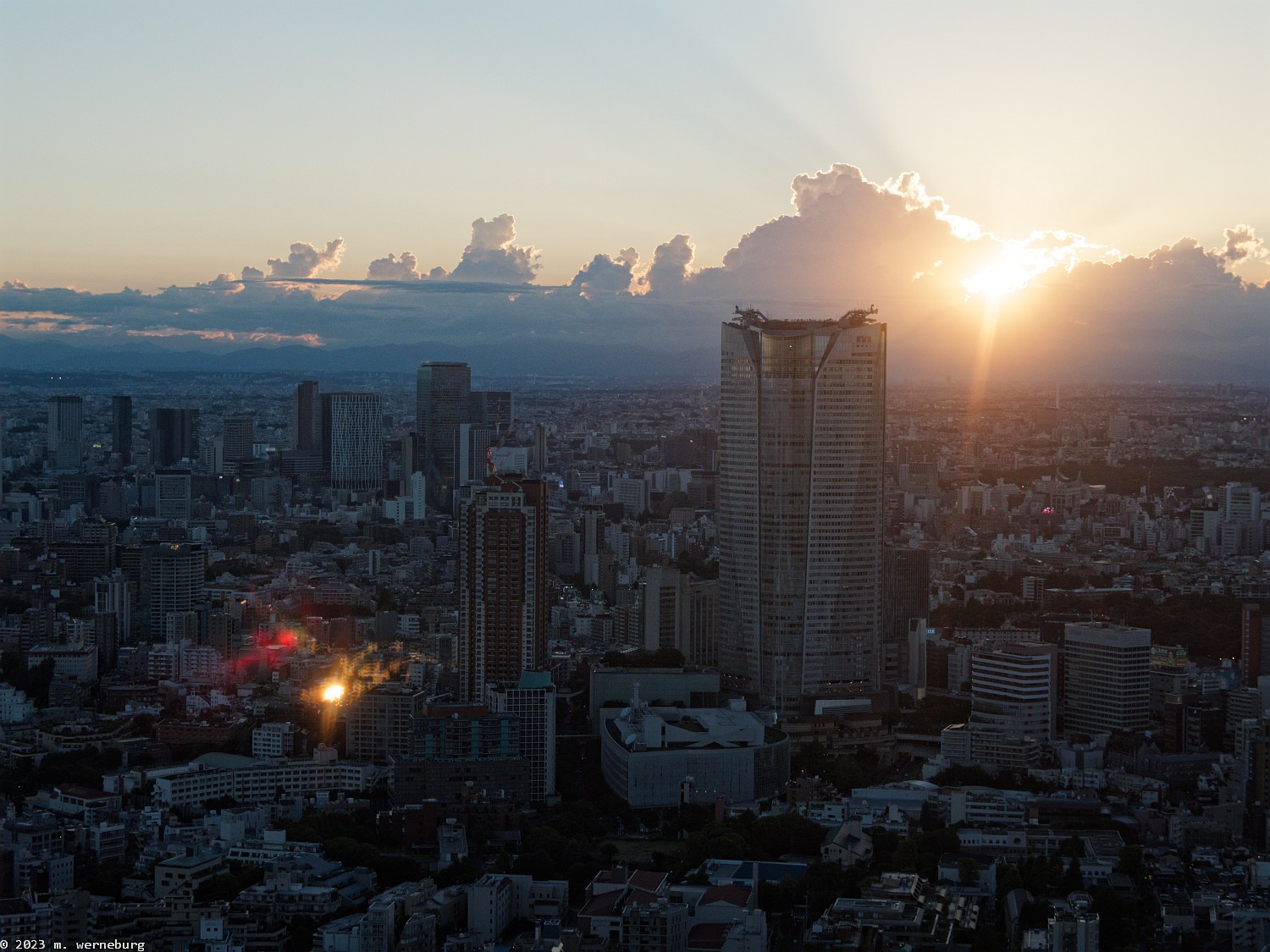
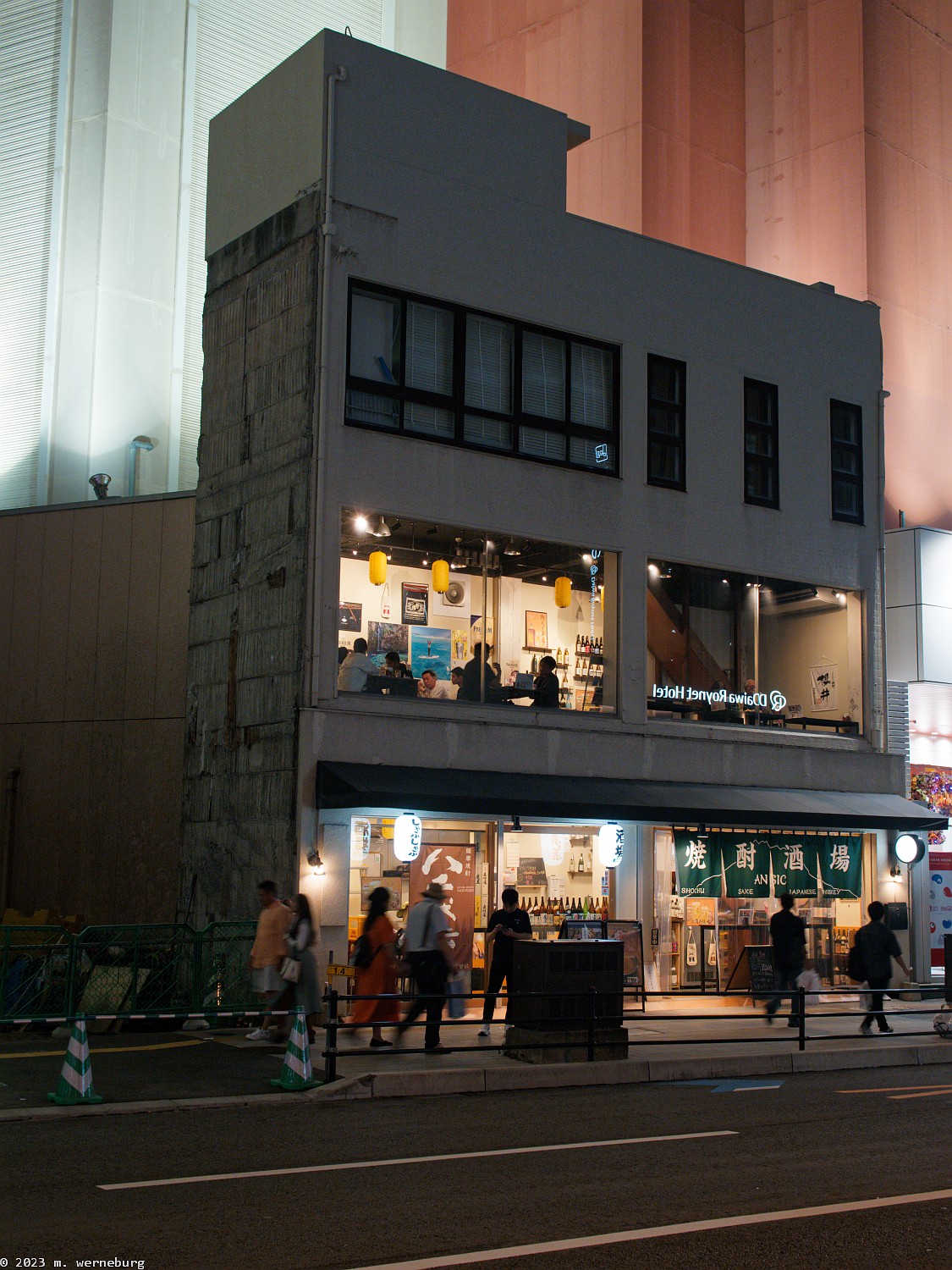
I have many more photos here.
While arguably good enough for my humble purposes, I found these images somehow flat and lacking in tones and contrast. As long as the lighting is good, all is well if a bit flat. But when the lighting is a bit unusual (usually when I'm most eager to capture it) this lens isn't entirely there for me.
The period when I owned this lens was one of unusual travel opportunities for me, and I found that it highlighted what was to me the problem: it was at once too bulky and also not really capturing evocative images.
I get that all of the camera manufacturers are playing the software game for getting the most of their images, but I found that the Panasonic/Lumix lens didn't give me great results on the Olympus body. I really started to notice that I was doing too much clean-up in Photolab. Like, a lot of work on each photo, and that the photos were starting to a have a similar look as a result. What I believe is that the distortion and vignetting in the images are pretty severe, and I think there's too much compensation happening in software.
Distortion: One of the problems with cameras based on smaller sensors is that it's hard to get a wide-angle view that isn't heavily distorted. It can be done, and I commend manufacturers like Laowa for producing zero-distortion wide-angle lenses for the micro-four-thirds mount. But this Lumix isn't anything of the sort.
Vignetting: The vignetting with this lens is severe at the wide end. It's bad enough that in combination with the distortion I found myself hesitant to shoot at the wide end. I don't know that Panasonic knew they had a 14-35mm lens here but really wanted to push it to 12mm, but that's how it felt.
build and use
This lens is very well built, with solid feeling and excellent haptics: everything feels right as you use it. It's internal focusing, meaning the front of the lens doesn't telescope out of the mount during zooming. The lens is moderately heavy but not to the point of being a problem; with the grip on my E-M5 it made a well-balanced kit. It takes a 58mm accessory filter, which is a common size and helps contain the cost of a set of filters: something larger like 72mm would be far more expensive. The thing is also "weather sealed", which is a plus in some climates where mold and moisture will readily eat lens coatings and put a film on the glass elements.
The hood is reversible and is made of a decent plastic with the right feel in your hand. It clicks into place just right.
The mark II is an improvement over the original in two ways that were apparent to me. First, the design of it is more appealing; the first had a certain grey aesthetic that I find a bit dated. Second, the auto-focus is much improved. I tried both the original and this model when I was shopping and the mark II is definitely the way to go.
That said, I believe that this lens was taking things in a direction I didn't want to go with my camera gear: larger. I have used manual-focus Minolta and Pentax lenses from the '70s and '80s on the E-M5, but this represented yet more bulk and was the first lens that required the use of the grip. Using this lens felt like I was ignoring the basic intent of the form-factor. For me, micro-four-thirds should be small, inconspicuous, and affordable.
recommendation
I don't particularly recommend this lens. It's not special in any way, it's a bit bulky for smaller micro-four-thirds cameras, and the results are only OK. There are similar third-party lenses such as this Yongnuo* which is marginally "slower" and seems to offer as-good image quality and also offers better close-up capability plus it has a manual focus switch. From the sample images and reviews I've seen, I believe it resolves the vignetting problems of the Lumix lens. If I were to buy the range of zoom lens again, that's what I would do. I already have Laowa and Meike lenses from China and think these manufacturers are doing it right in general.
*Affiliate link, cos I'm going to rolling in revenue with this review!
I'd love to Hugo, but I'm afraid I finally set aside my film cameras for good last year. I'd have nothing on which to evaluate it!
I will say it looks like you've got a nice set of colors and from what I can see on the screen the texture looks nice. It looks like it must be fun?
Hi, Thanks for the write up. I used cameraleather.com for about 8 years and the service within the last few years has been really horrible. On all of my recent purchases, I usually wait three weeks and then start a case with paypal. I normally get my covering within a month. Remember if you If you wait too long you won't be able get your money back with paypal. I have purchased dozens of different kits and covers over the years. The cuts are always very accurate, but some covers have gotten thinner and don't match up with the sides of the Rolleiflex or Rolleicord very well. The Griptac is ugly but my favorites for actual use. Hugo, your kits look reallynice. I'll have to give them a try.
Sorry to hear that that's the case, Scapedude. I eventually had to replace some of the leather kits due to glue bleeding through the material - quite disgusting on a camera!
What happened with cameraleather.com? Who else provides high-precision-cut leatherette for Linhof Technika? Regards Frank
Hi, Frank! I don't know what happened to cameraleather.com. I had to write to them for replacements for two leather sets where the glue bled through the leather rendering the camera a sticky mess in both cases. Perhaps the costs of replacements led to losses?
Good luck with your quest. When I lived in Tokyo, it turned out there were a couple of camera shops that sold camera leather, but I have no idea if they have any kind of online operation.
Hello Would you consider taking a look of my camera covers. I can send you a sample sheet with all the material I have available I have more than 125 vintage camera covers kits my webpage is hugostudio.com e-mail hugo@hugostudio.com Thank You